Affiliate links on Android Authority may earn us a commission. Learn more.
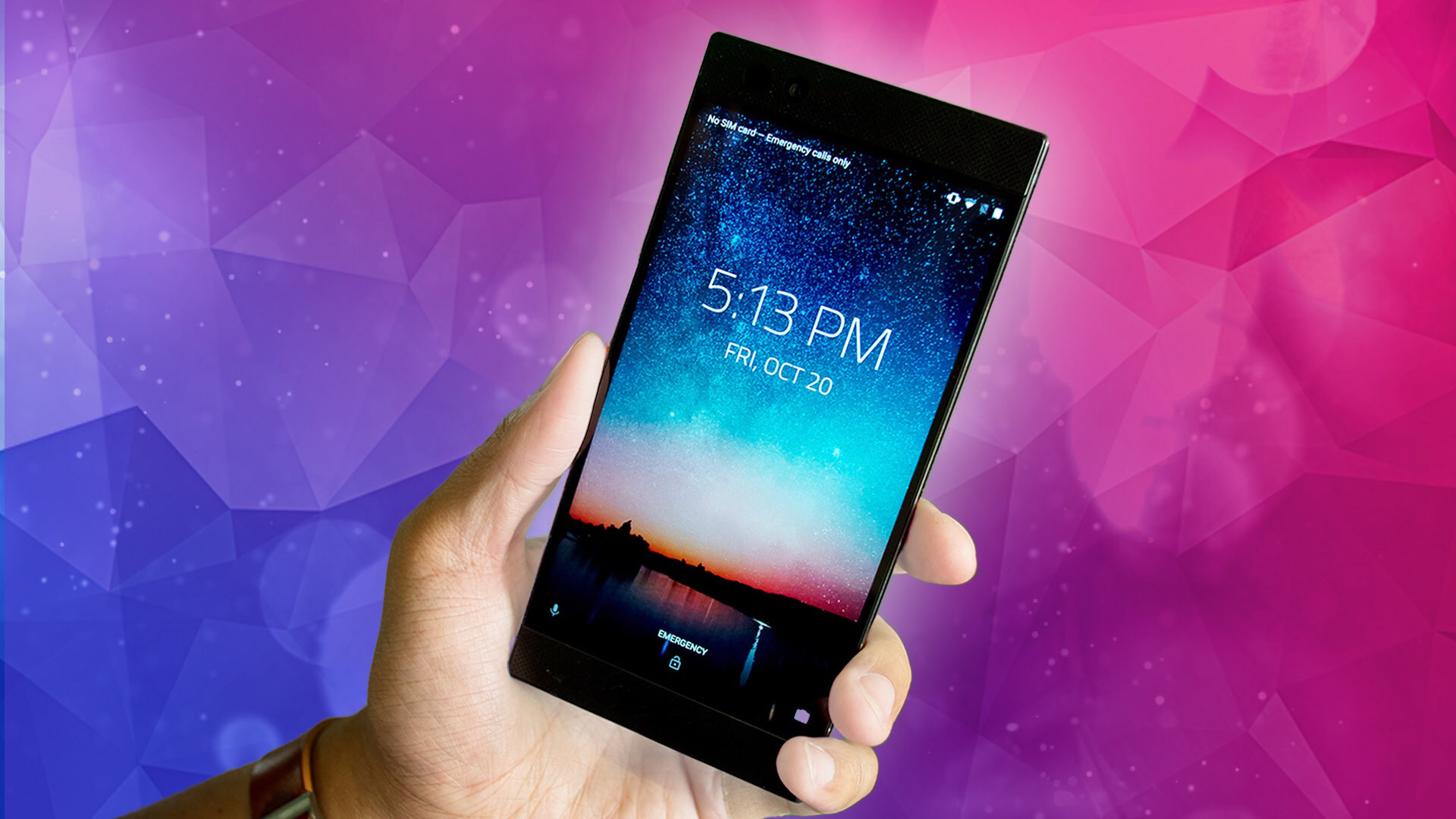
Razer Phone review
Published onJanuary 13, 2018
Razer Phone
What we like
What we don't like
Our scores
Razer Phone
Gaming laptop and peripheral giant Razer surprised everyone with its entry into the smartphone space, born from the acquisition of contentious, but fondly remembered Nextbit. The result of this new partnership is one of the most powerful phones we have ever used, which is marred by a familiar issue its creators still can’t seem to conquer.
Design

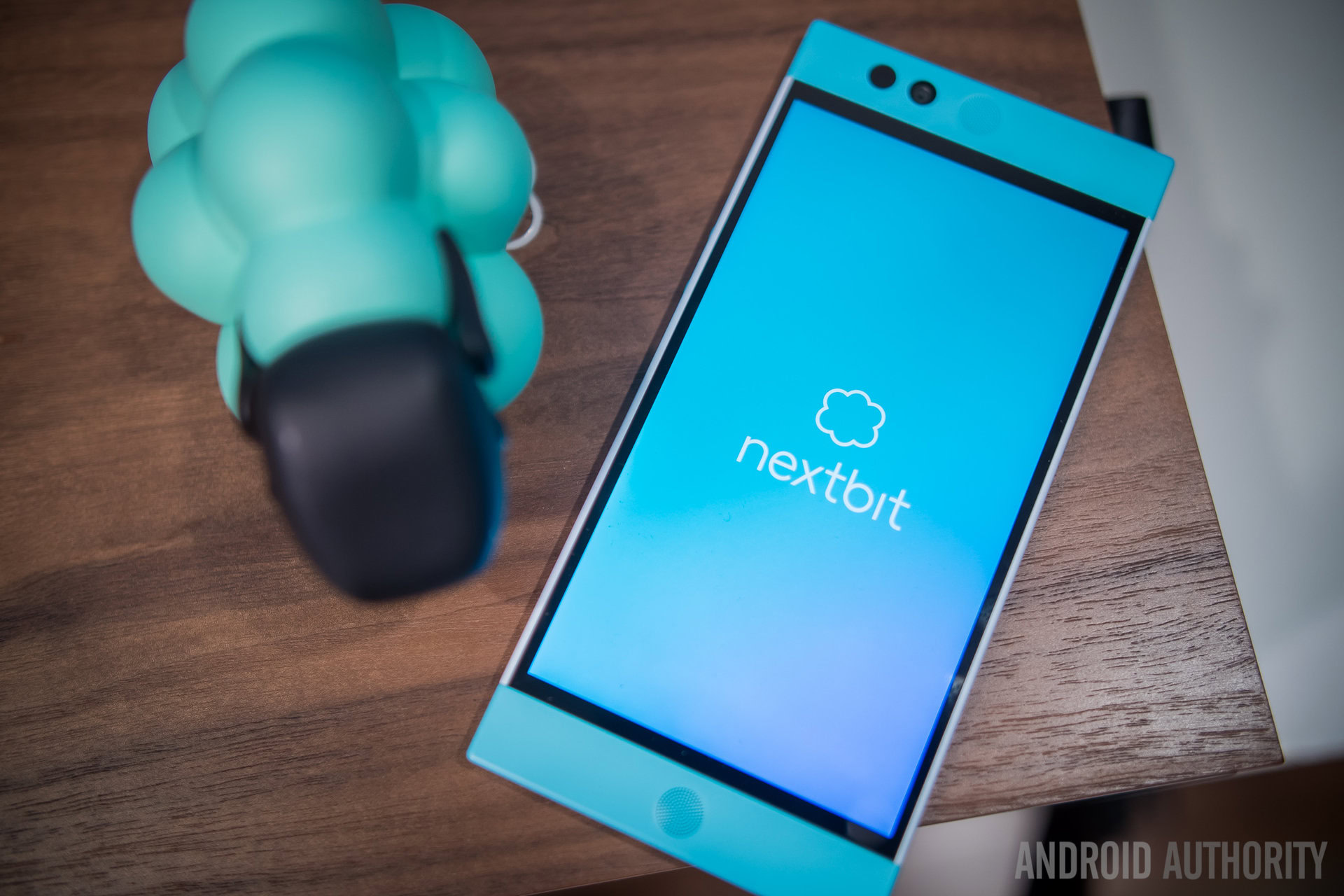
Comparisons to the original Nextbit Robin are obvious here, especially in the phone’s design. The Razer Phone proudly rocks the company’s logo and overall style. Angular, sharp, and basically black throughout, the Razer Phone does a good job of standing out from the crowd. Hardly any phone these days has this kind of blocky design. It’s something we loved with the original Robin and still do.
Symmetry is also a big deal here, as the speaker grills take up exactly the same amount of space in the bezels above and below the 5.7 inch display. The buttons on either side of the phone are squarely in the middle of their respective panels and directly across from each other, making the power button and volume buttons easily within reach.
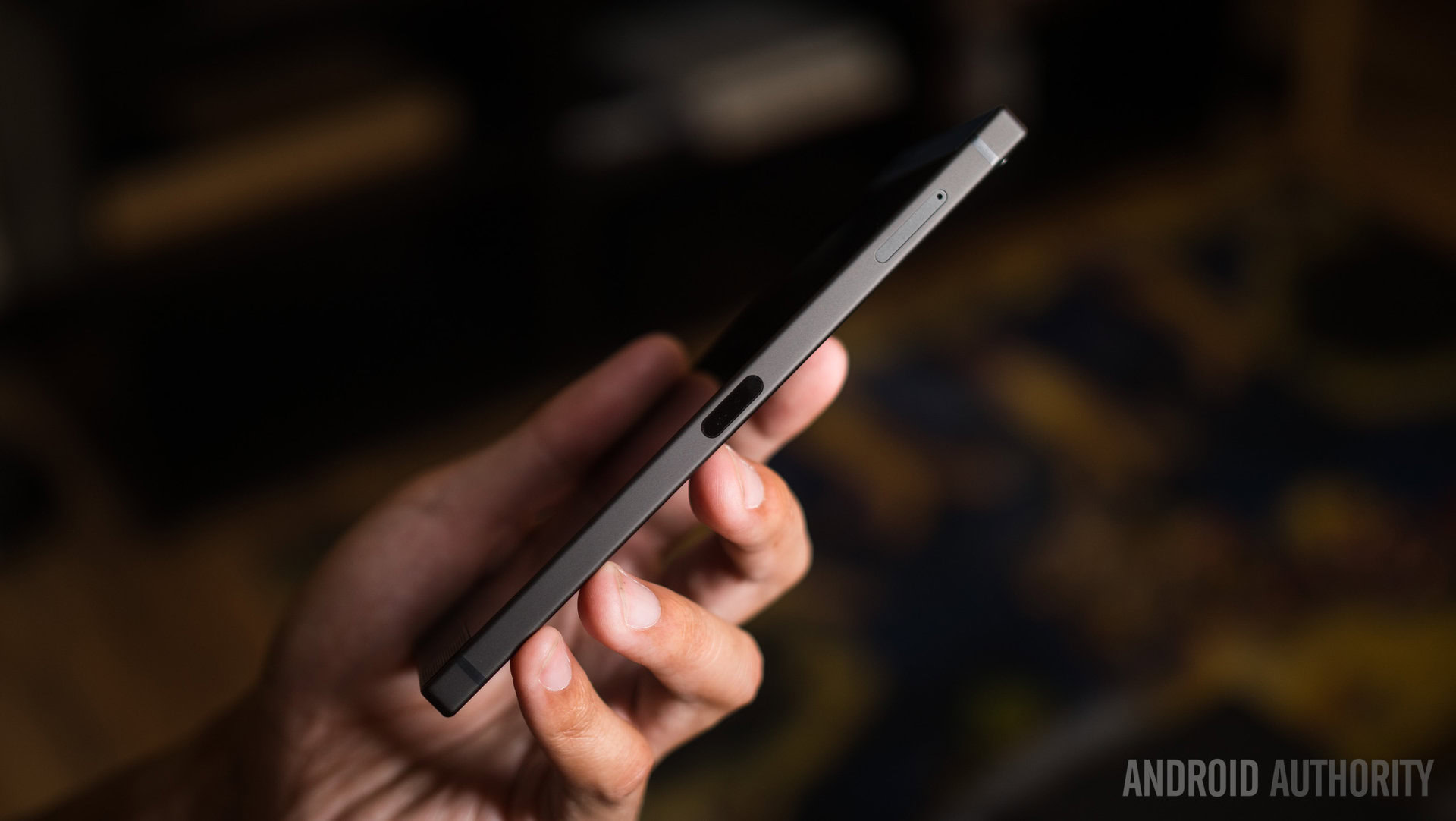
The fingerprint reader is embedded in the power button, making for the device pretty easy to unlock. Even when I used my middle finger on my left hand, there was hardly any trouble getting the phone up and running upon pressing.
Related:
There is no headphone jack on the phone, which Razer claims allowed the device to fit in a larger battery. In a move that I personally applaud, the phone’s USB Type-C adapter includes a DAC/AMP combo built in. It is powered by the USB Type-C port and provides some incredible sound that those with exceptional headphones will really enjoy.
The dual camera setup is found in the top corner above the phone’s big Razer logo. Overall, the phone is pretty spartan. Its minimalistic design fits very well with Razer’s existing tech lineup.
Its minimalistic design fits very well with Razer’s existing tech lineup.
The only gripe that we have is with the size. The 5.7-inch display has plenty of extra bits around it that make the phone just a bit too big to use comfortably in one hand. The screen also has a 16:9 aspect ratio, making tasks like typing especially tough in one hand. This is a two-handed device, to be sure, which makes some sense for a phone focused on gaming.
Display
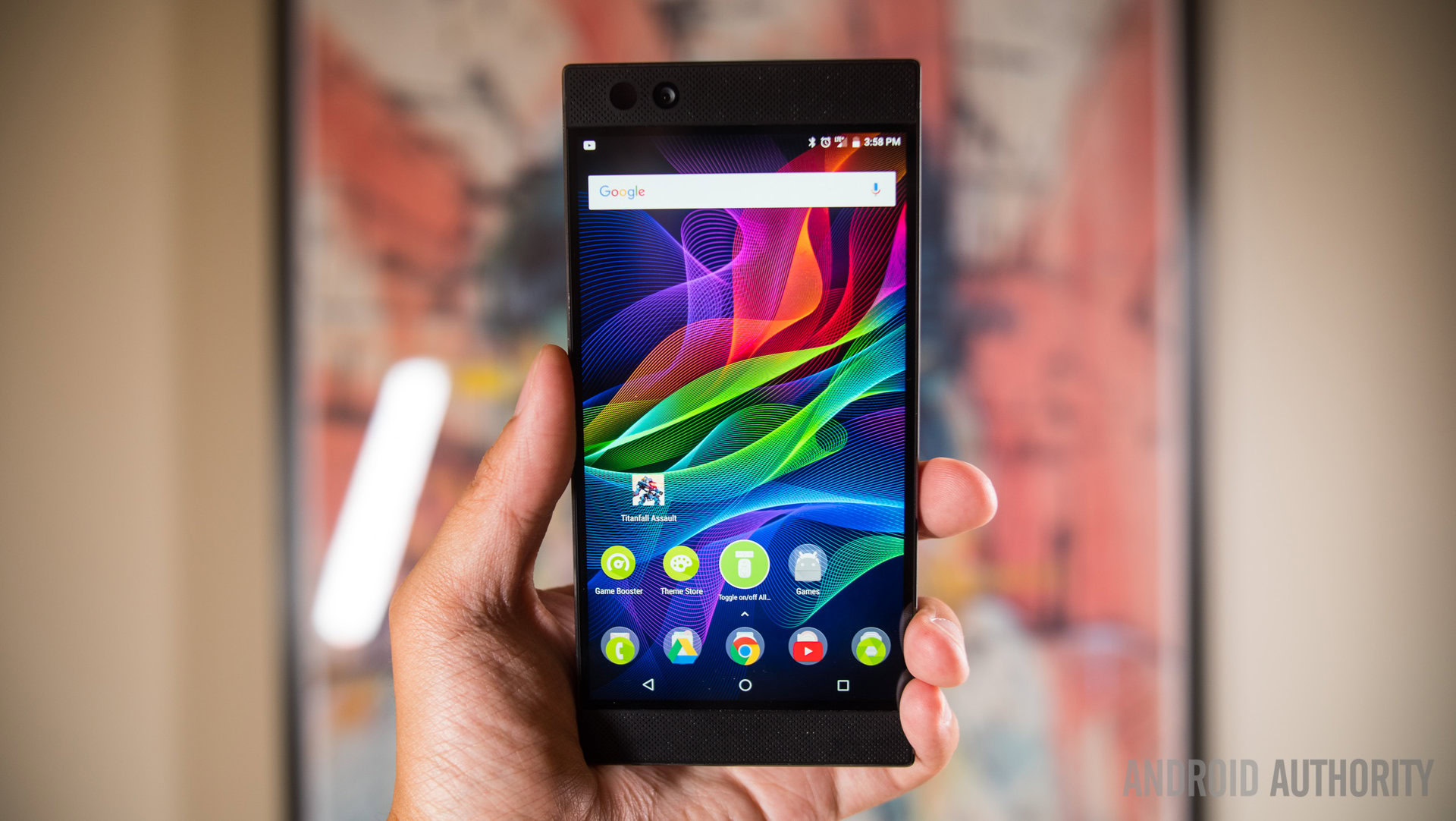
Razer’s expertise in the gaming realm has brought some innovation to the smartphone game. Taking inspiration from their laptop screens, the Razer Phone sports are high performing 120 Hz refresh rate IPS display that pumps out Quad HD resolution. The result is seen easily in even simple tasks like scrolling through websites and applications like Reddit, where the sharpness remains throughout all movements. Reading text is especially good.
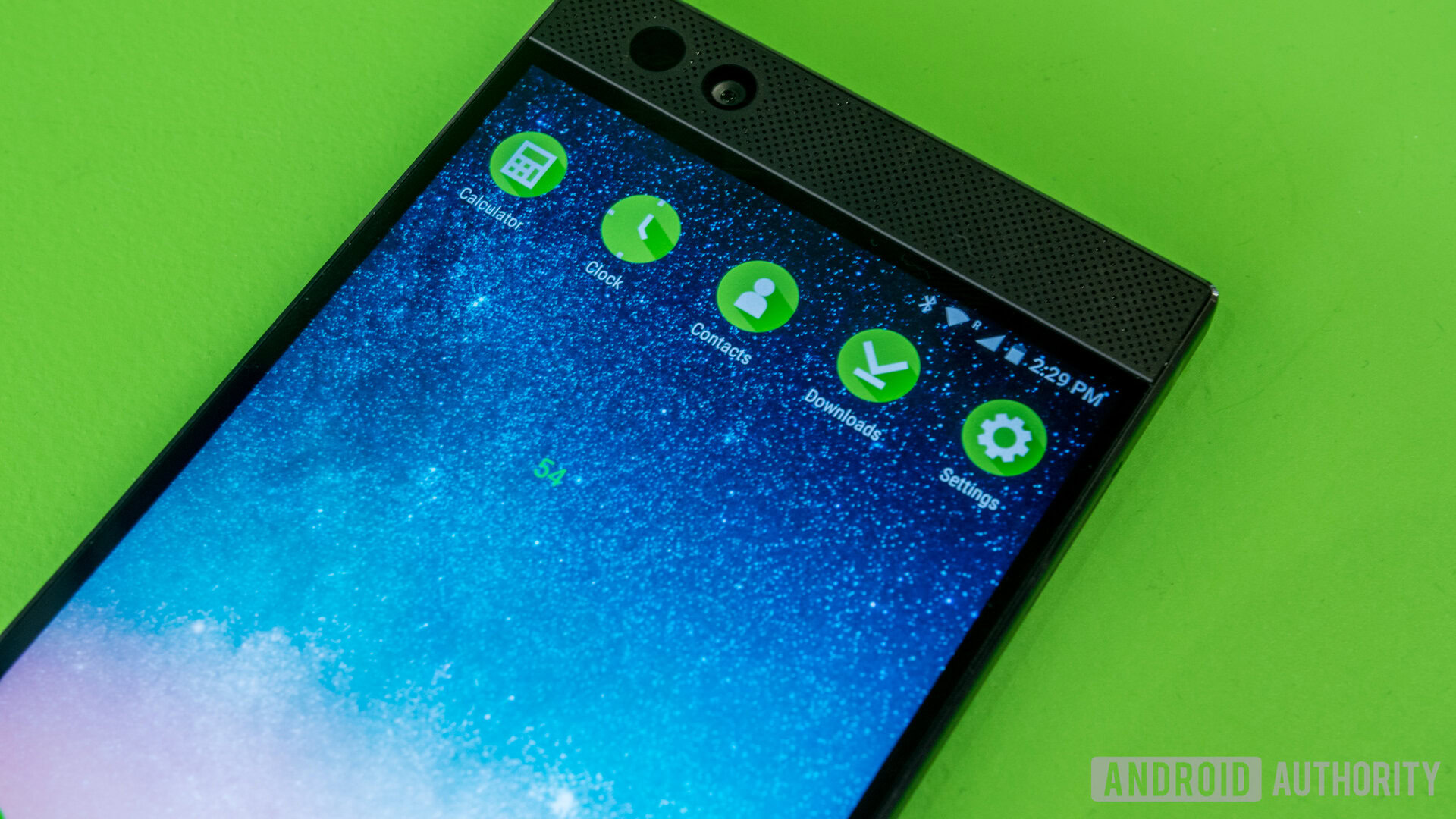
But that’s not what users come to Razer for. After all, this is a phone for gamers. To that end, the 120Hz refresh rate couples with compatible 120fps games to bring the most fluid gaming experience ever seen on a smartphone. You’ll have to find AAA titles like Titanfall: Assault to really take advantage of the display performance, but even games like Puzzle Fighter, which runs at 60 fps, look great. Razer has done a great job making this screen come as close to a game-changer as it can possibly be. Whether or not you play a game that is taking advantage of the Razer hardware, the visual experience is top-notch.
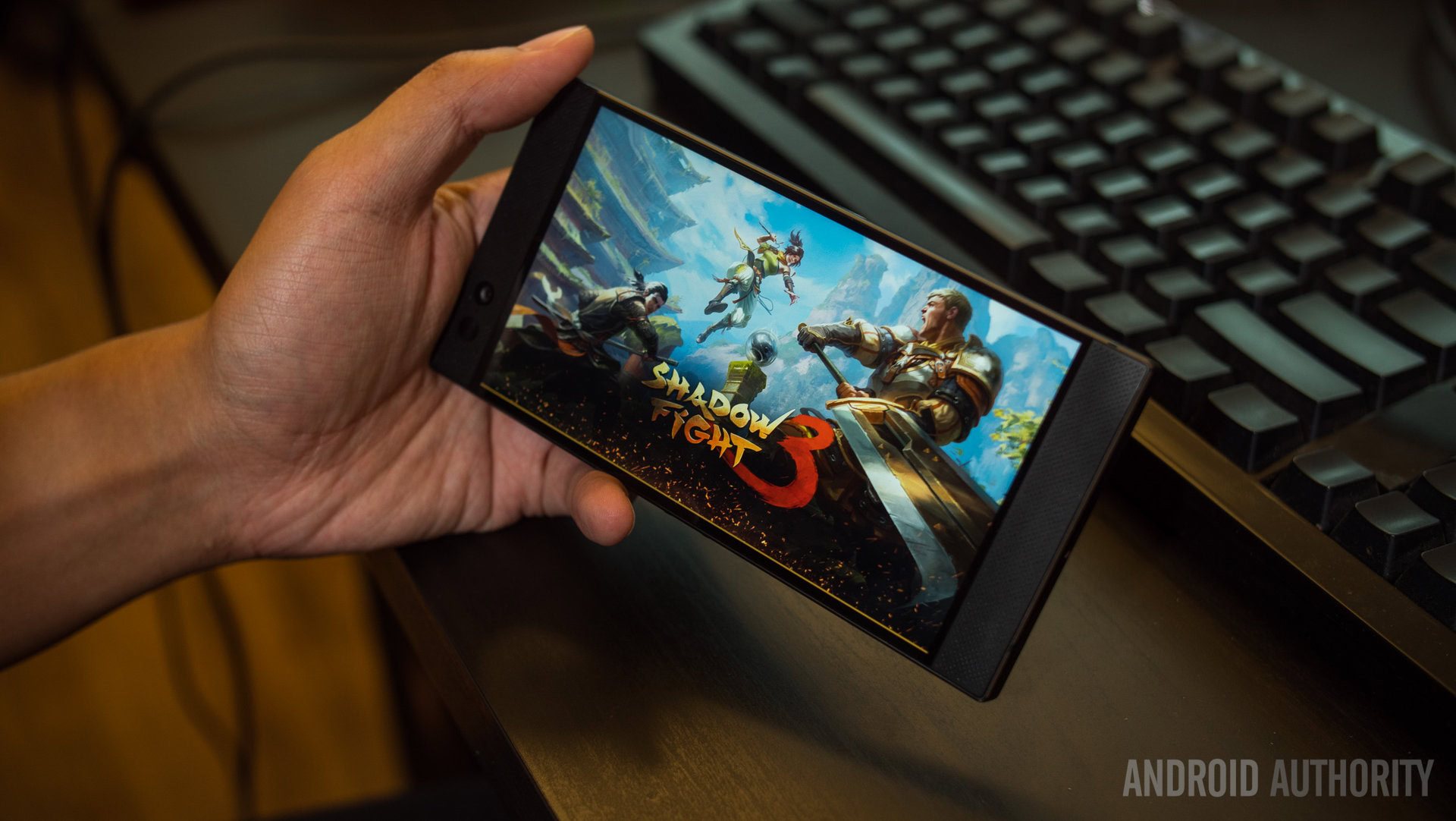
The high refresh and frame rates don’t take down the battery life much either, as the phone won’t exceed the needed refresh rate of what’s running. That means a 30 fps piece of content will only use the according amount of refresh rate. Ultramotion, as it is called, gives the phone a variable refresh rate that makes the GPU output just right, keeping it at peak performance no matter what’s on screen. Basically, it can perform to the best of its abilities, but won’t over-perform unnecessarily.
The Razer Phone has a crisp, smooth, and most importantly, exceptionally enjoyable display.
This boosts media consumption in the right places too, like with 60 fps videos on YouTube. There have been no issues with video content whatsoever. The speaker setup really adds to the experience, regardless of what you’re doing. The end result in all cases is a crisp, smooth, and most importantly, exceptionally enjoyable display.
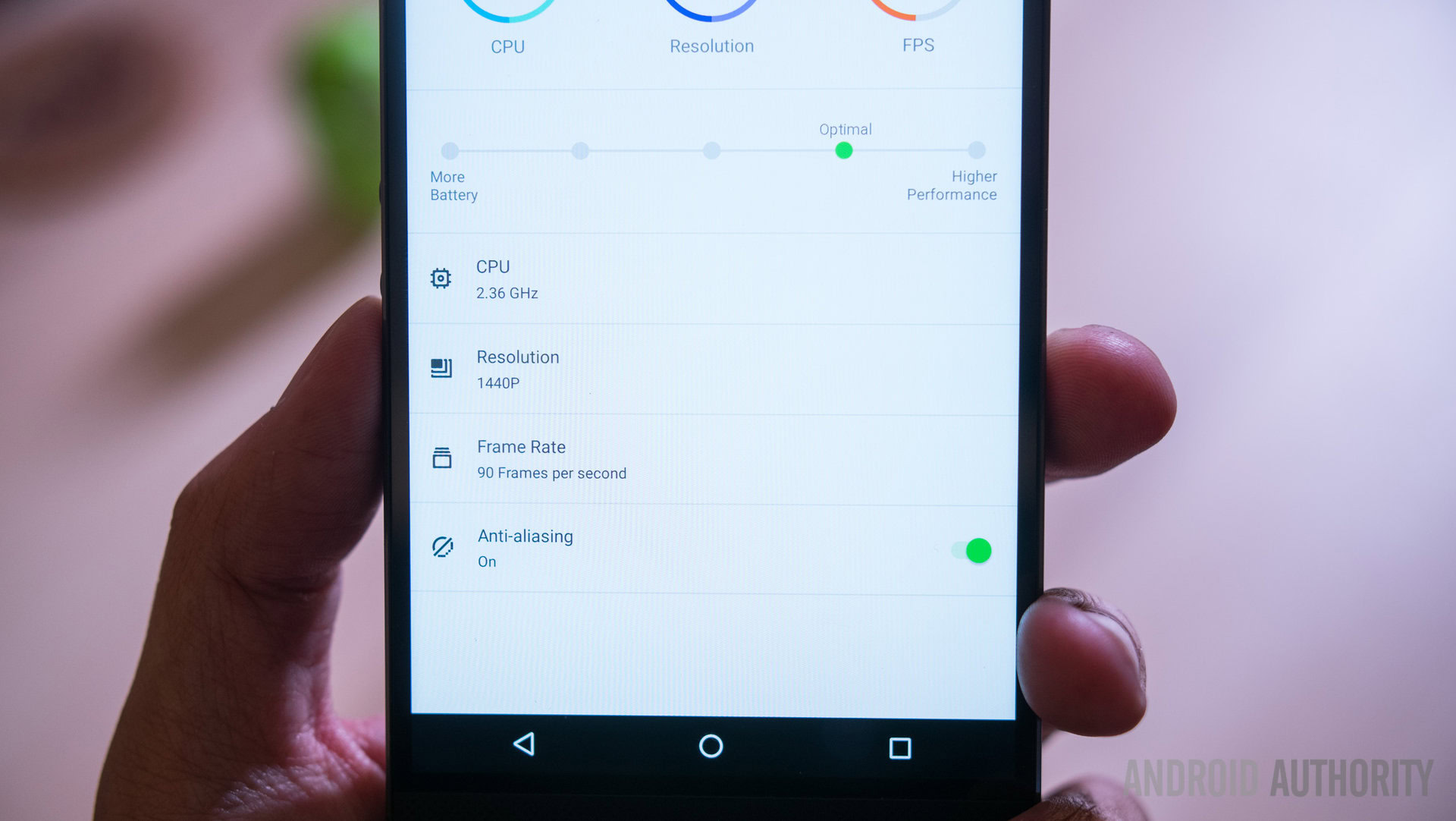
That said, the display has a couple of drawbacks. As an IPS display, it is a little dim. In broad daylight conditions, cranking the brightness to full doesn’t quite compensate for the circumstances. A few features we’ve seen from other manufacturers would have been nice here. Options to change the color output or even a Reading Mode (a la OnePlus) to take further advantage of the screen’s crisp text rendering would have been nice.
Those are small caveats to the otherwise great experience the Ultramotion display provides, and we’d be happy to see implementations like this in other phones.
Performance
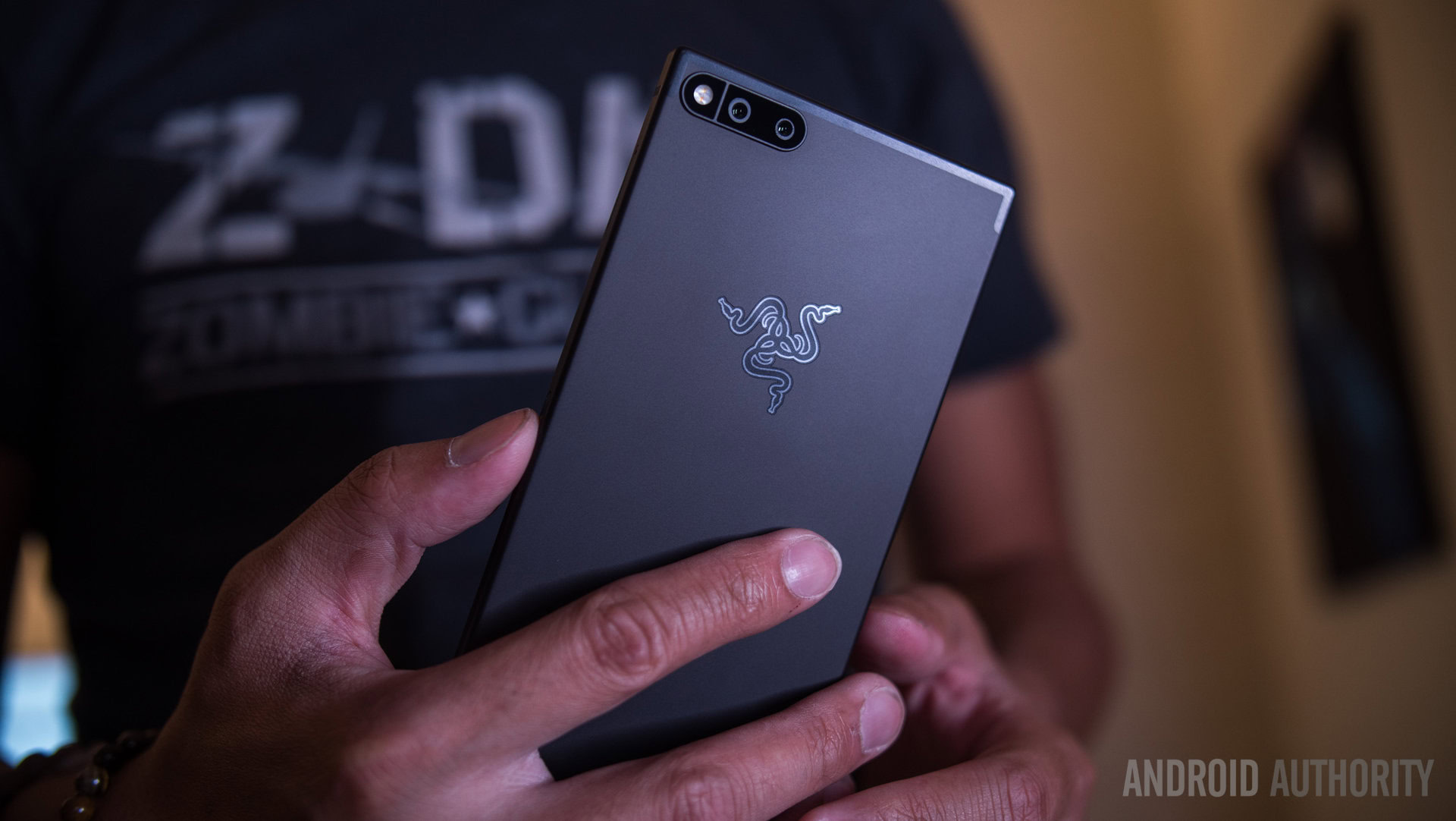
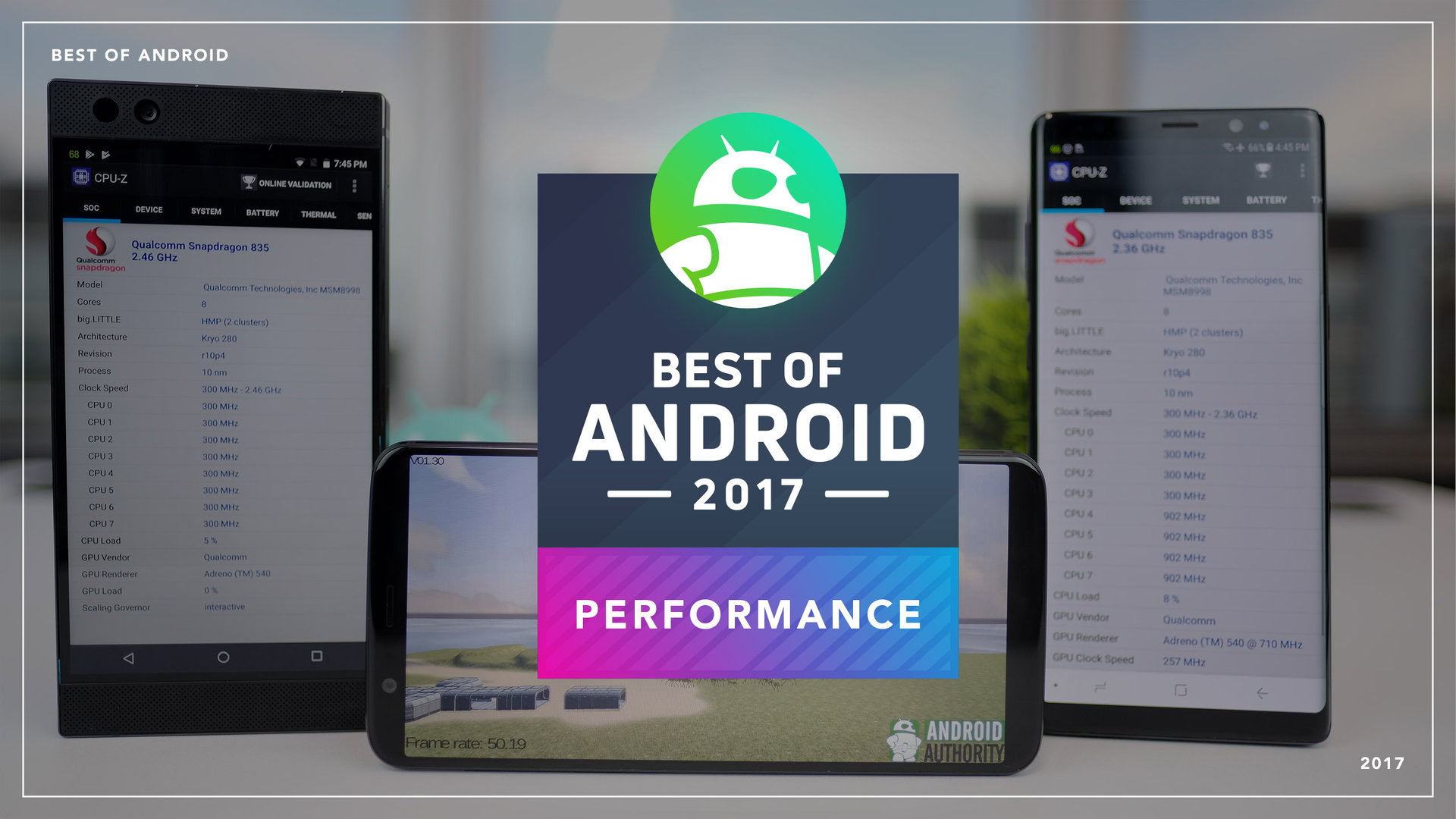
That great screen experience wouldn’t be possible without great specs, which the Razer Phone meets. The Snapdragon 835 with 8 GB of RAM is the main highlight here, with 64 GB of storage and microSD card expansion providing some extra goodness. Coupled alongside the Ultramotion technology, there is little that can slow this phone down, aside from an app or game’s own lack of optimization. Taking advantage of all this hardware should be paramount for AAA titles and apps, as another well regarded powerhouse has these specs: the OnePlus 5 (and 5T).
Work and play speed along swimmingly, so gamers aren’t the only ones who will enjoy this kind of reliability. Though an update to Android Oreo will bring picture-in-picture, the existing multitasking tools like multi-window work very well. Jumping in and out of applications is a breeze.
See also: Razer Phone specs: a true gaming machine
The only qualm we have with the phone’s gaming experience is that the library of games that take full advantage of its power is still a bit limited. It’s true that all games look great because of the synced optimization of Ultramotion, but games we were really looking forward to are still not out at time of writing, chief among them Final Fantasy XV Pocket Edition.
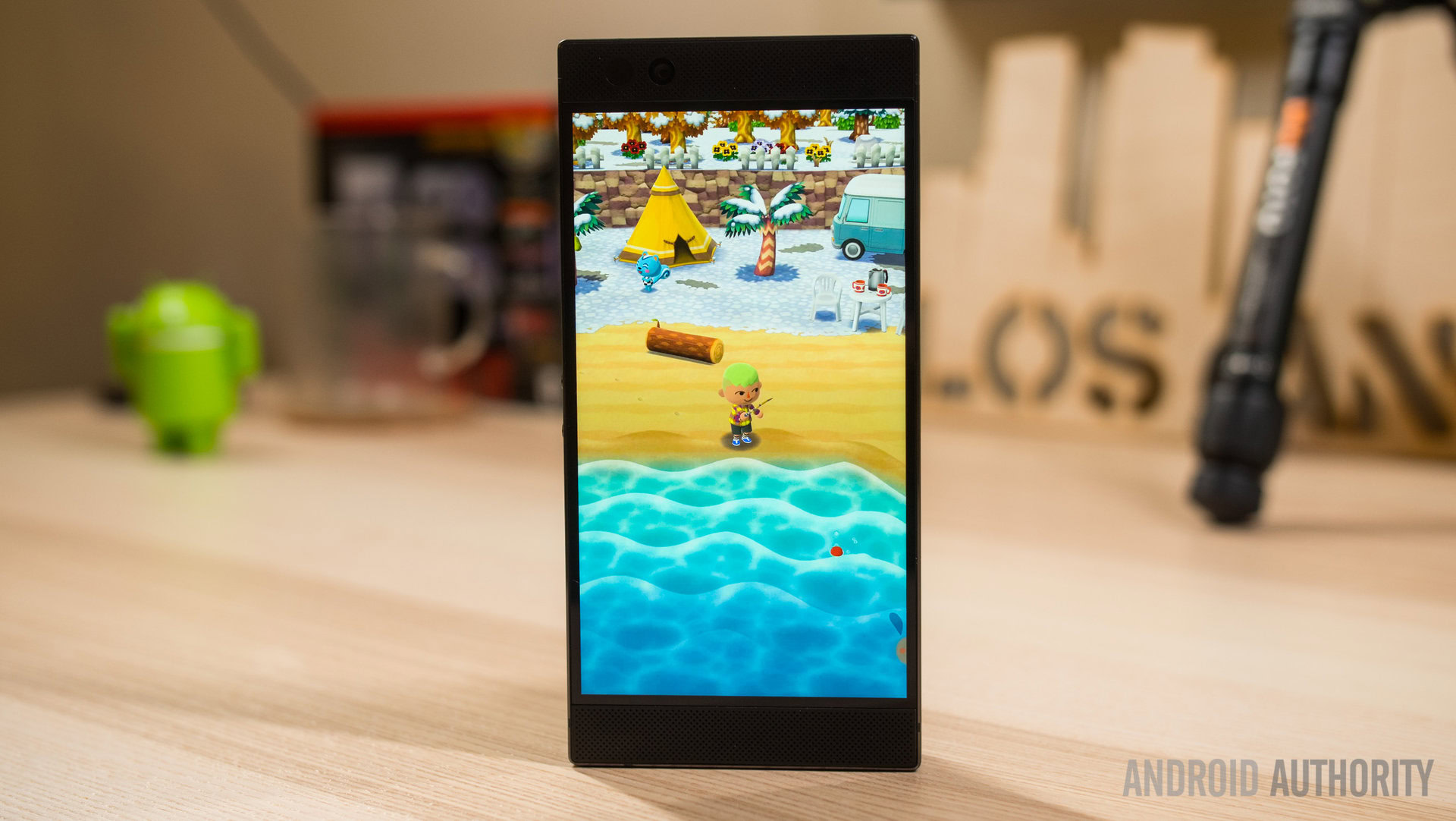
That just means the Razer Phone is coming out at what could be considered one of the best moments in mobile gaming history. Popular publishers like SEGA and Nintendo have recently thrown massive amounts of content into the Play Store. Nintendo in particular just recently released a mobile version of their popular Animal Crossing franchise, which looks and plays great on the Razer phone. The same can be said of all of the games out of the Square Enix library and those from mobile-centric developers like Nexon (who made the recent Titanfall mobile game). It’s a great time to be a gamer.
Hardware
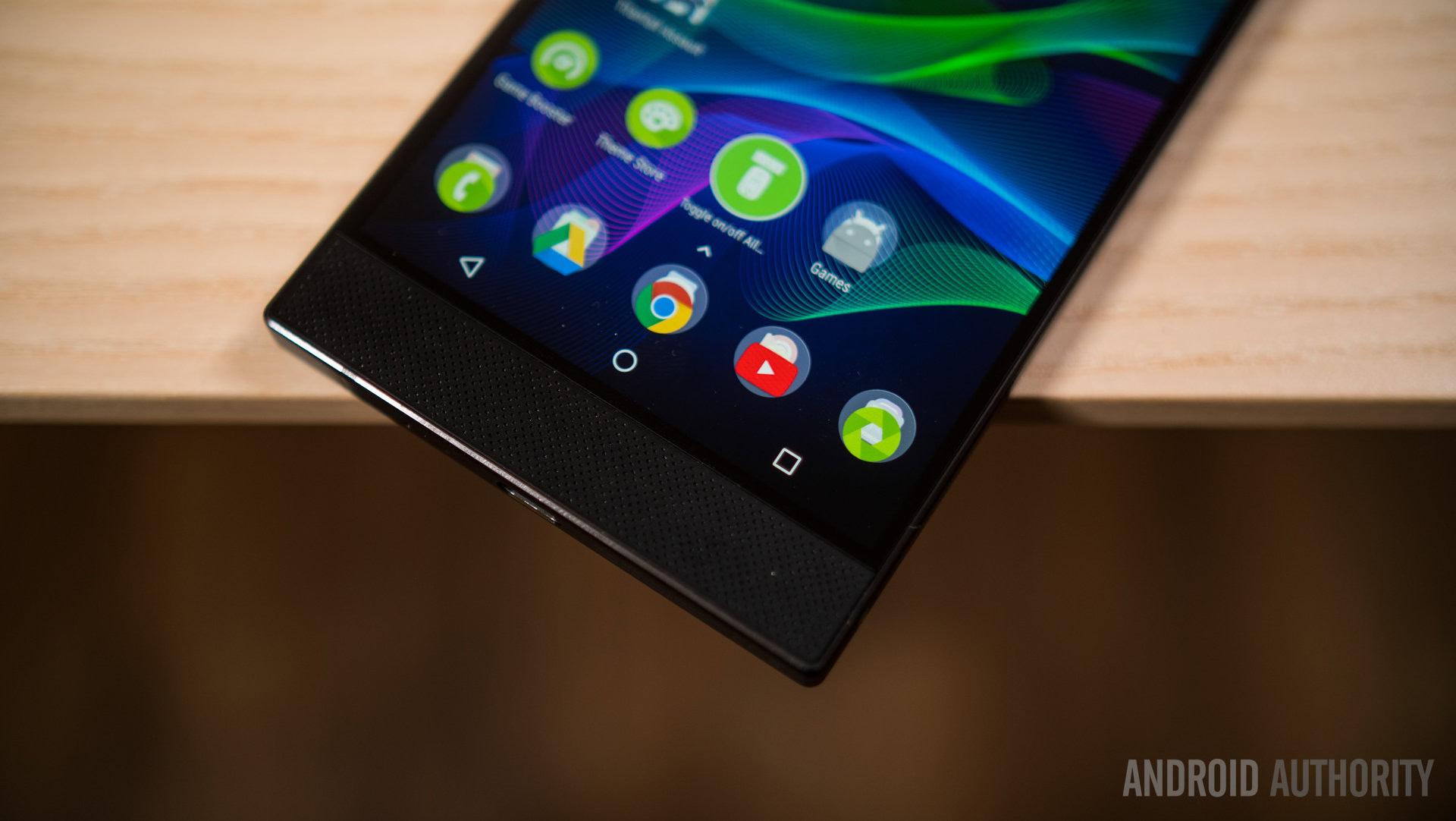
Aside from the gaming and media experience, audio was an important part of the equation – in partnership with Dolby, Razer has made a pretty phenomenal speaker experience. Users might not always be looking to blast the phone volume to max, but it’s good to have a proper sound experience while gaming sans headphones. That is exactly what the Razer Phone’s speakers provide.
Dual front-facing speakers get incredibly loud—louder than pretty much any other phone.
Dual front-facing speakers get incredibly loud—louder than pretty much any other phone—without distortion or piercing the ear at full volumes. The body of the sound that blares from the Razer is impressive and it proves to be a worthy replacement to most cheap Bluetooth speakers you may be carrying around. It certainly blasts the competition in the shower test, though the phone doesn’t carry an IP certification.
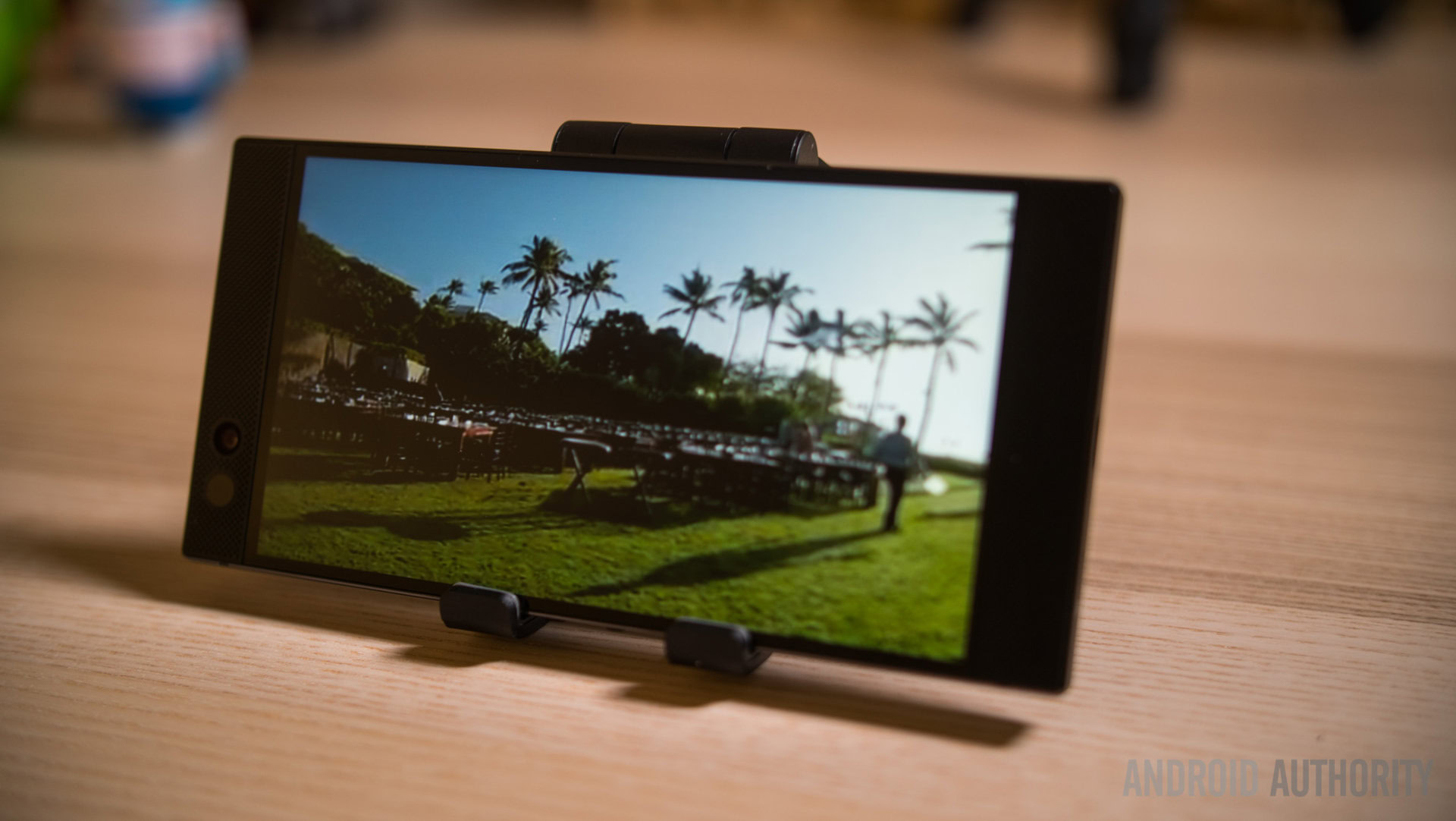
However, the sound experience is compromised by the lack of a headphone jack. As mentioned before, this was mitigated by the inclusion of a DAC and AMP in the actual adapter included in the box, which is a move I have been hoping smartphone manufacturers would make for the better part of a year. As a result, the Razer drives headphones really well and it almost makes up for having to use an adapter at all times. Almost.
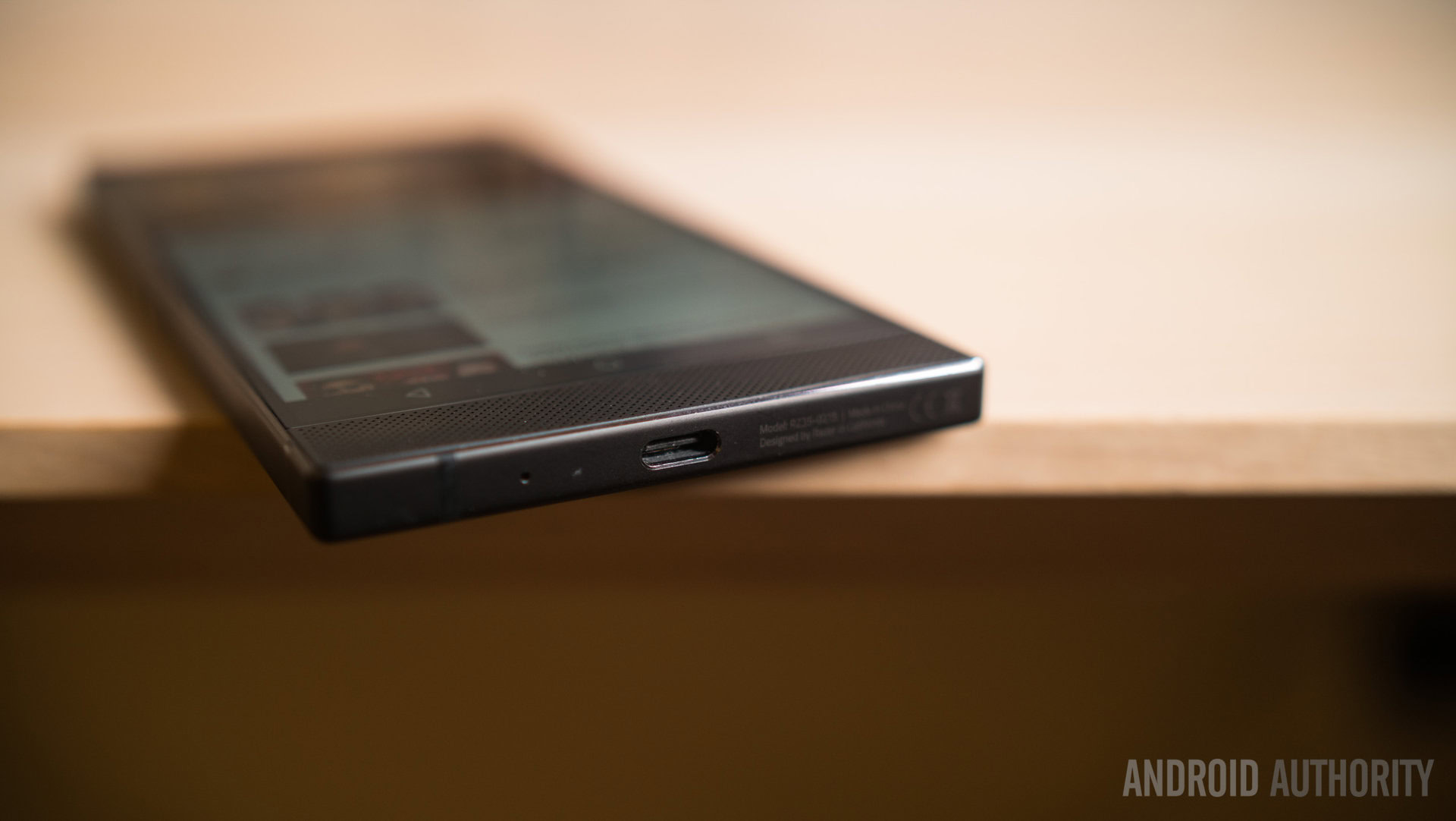
I noticed a lack microphone sensitivity, though most didn’t seem to have that problem. When calling in a normal fashion where one’s mouth is close to the microphone unit, I was told I sounded normal. When using speakerphone at a distance, people told me that I hard to hear. For someone that does video calling quite often, this was a bummer and I had to use Bluetooth headphones for these moments. This may not be the case in other Razer Phone units, but it was a bummer in my experience.
With a 4,000 mAh battery, it’s clear Razer really wanted to make sure that the phone could go the distance. With all the power they packed into this device, however, all they really did was make sure that the phone didn’t fare any worse than its competitors. I never really surpassed five hours of screen-on time something I hoped the battery could easily blast through. Even excusing such longevity due to the amount of gaming I did, it still wasn’t anything stellar.
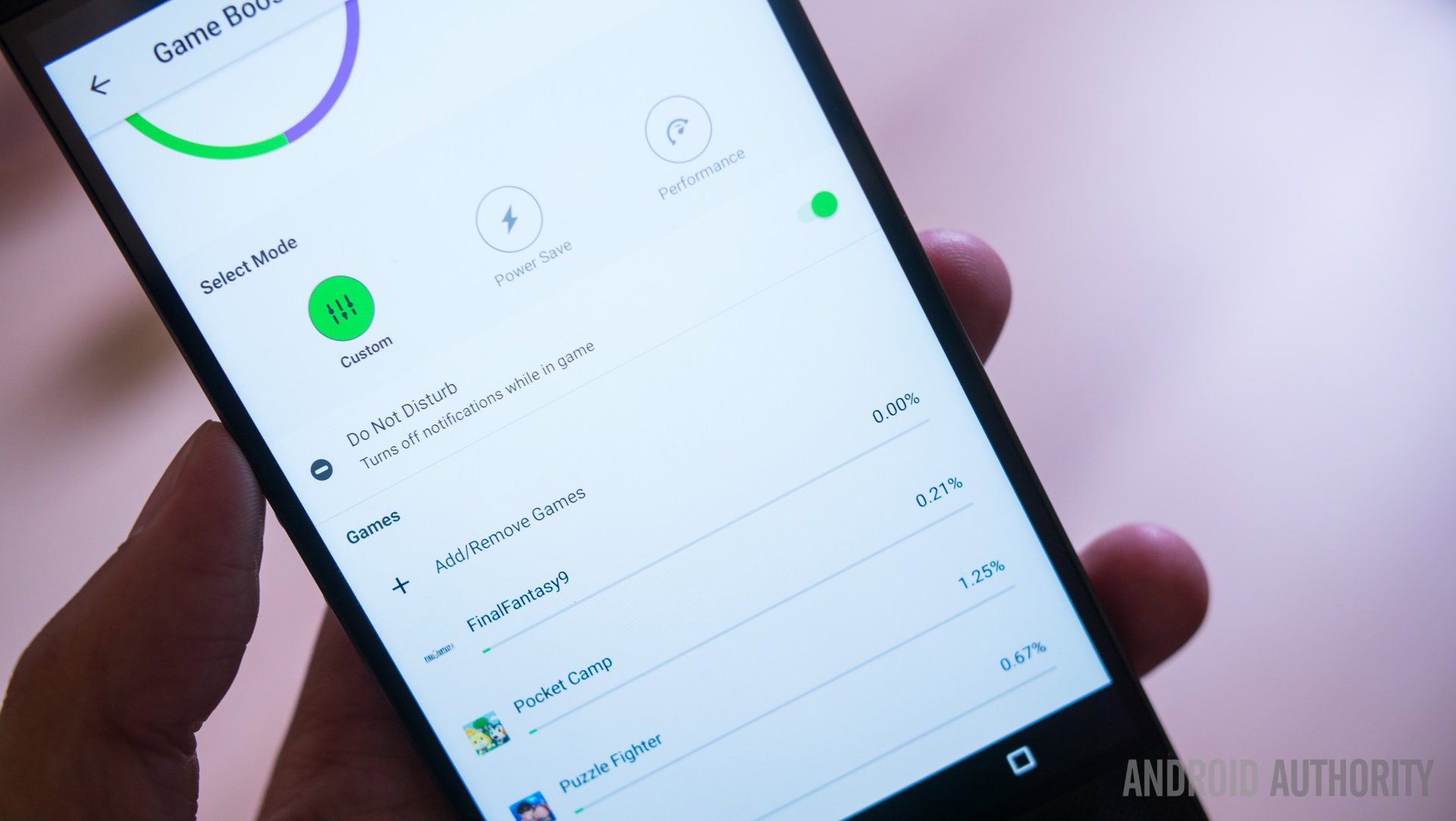
This could change with a few tweaks in the Game Booster app, which is one of the only additions that Razer put into the phone’s software. Accessible as an app in the drawer or in the settings menu, the Booster allows for user programmed limits to the performance clip and even the refresh rate of the screen when playing certain games. This allows for a bit more control over how the phone handles its power. A simple tap on the Power Saver setting could make battery life better, provided you’re okay with dialing back the glory of the display.
Camera
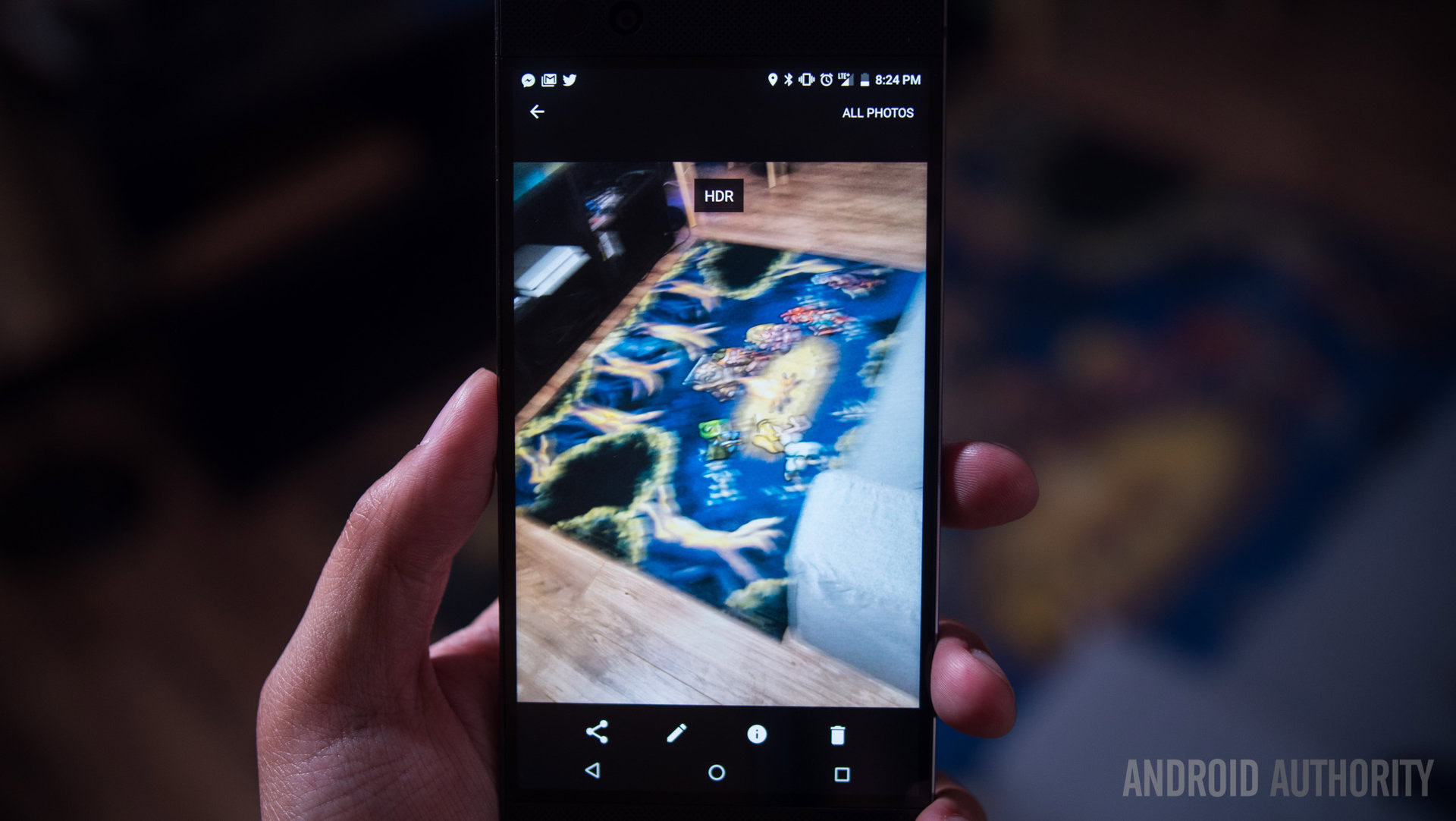
Speaking of being less than stellar, the camera isn’t great. Put lightly, it’s a bit of a mess. We already had our caution hats on after the hands-on over a month ago, when we saw that the dual camera set up was lacking features, or even a slider to show which lens you’re using. Despite all the time that’s passed since then, it’s a shame to see Razer hasn’t added much optimization, speed, or features.
Dual 12 MP cameras provide either normal or telephoto zoom levels. The regular focal length lens pumps in light at f/1.8 aperture compared to the other’s f/2.6. And without OIS, the camera is already a bit behind its competition.
The biggest issue is not even with the hardware— it can clearly get a good photo under the right circumstance—it is the app. The processing of every photo is lacking. Where sharpness is replaced with soft rendering, colors are a bit muted, and the exposure tends to be a bit dialed back. That doesn’t even account for the slow speed of the app, which takes an eternity in even medium light conditions to get a photo captured with HDR (there is also no HDR Auto mode).
Smartphone cameras have generally gotten a lot better over the last year, so the hallmark of a shoddy camera now is that it only does well in broad daylight. That has been my experience with the Razer Phone, even with the front facing 8 MP shooter.
Long shutter lag means stiff hands throughout the pause or a disgustingly blurry result. We currently wouldn’t even mention the Razer Phone in a list of upstanding Android cameras. Nextbit had the same problem and it’s a shame to see it continue.
Software

On a positive note, which Razer did well to outsource its Nova Launcher to some great developers. Rather than make their own version of Android without much experience in the space, Razer took the stock Android experience and added in the bits and pieces they needed, like the aforementioned Game Booster. There is also a Theme Store to install that includes licensed content related to any of the games best experienced on the Razer.
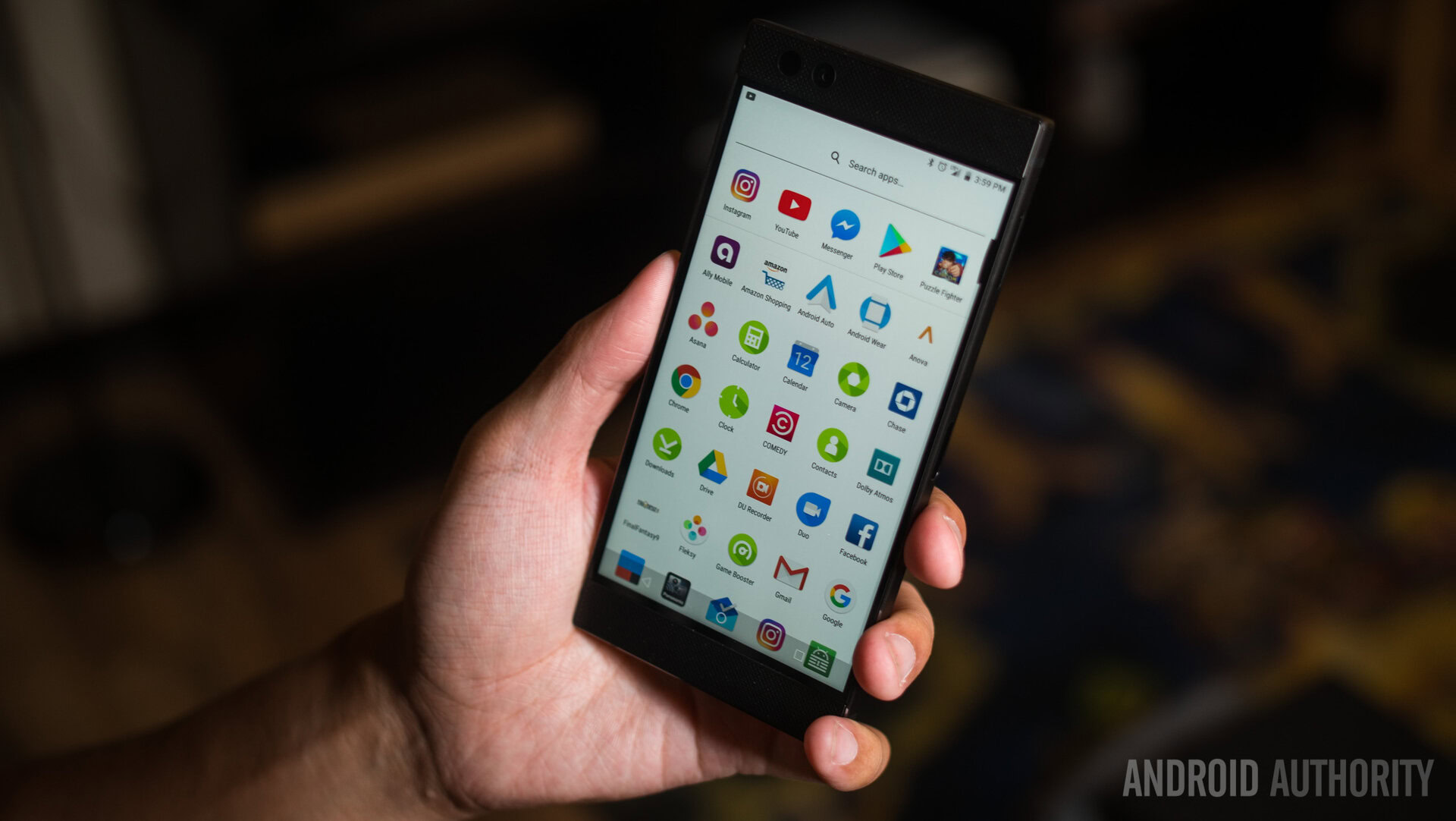
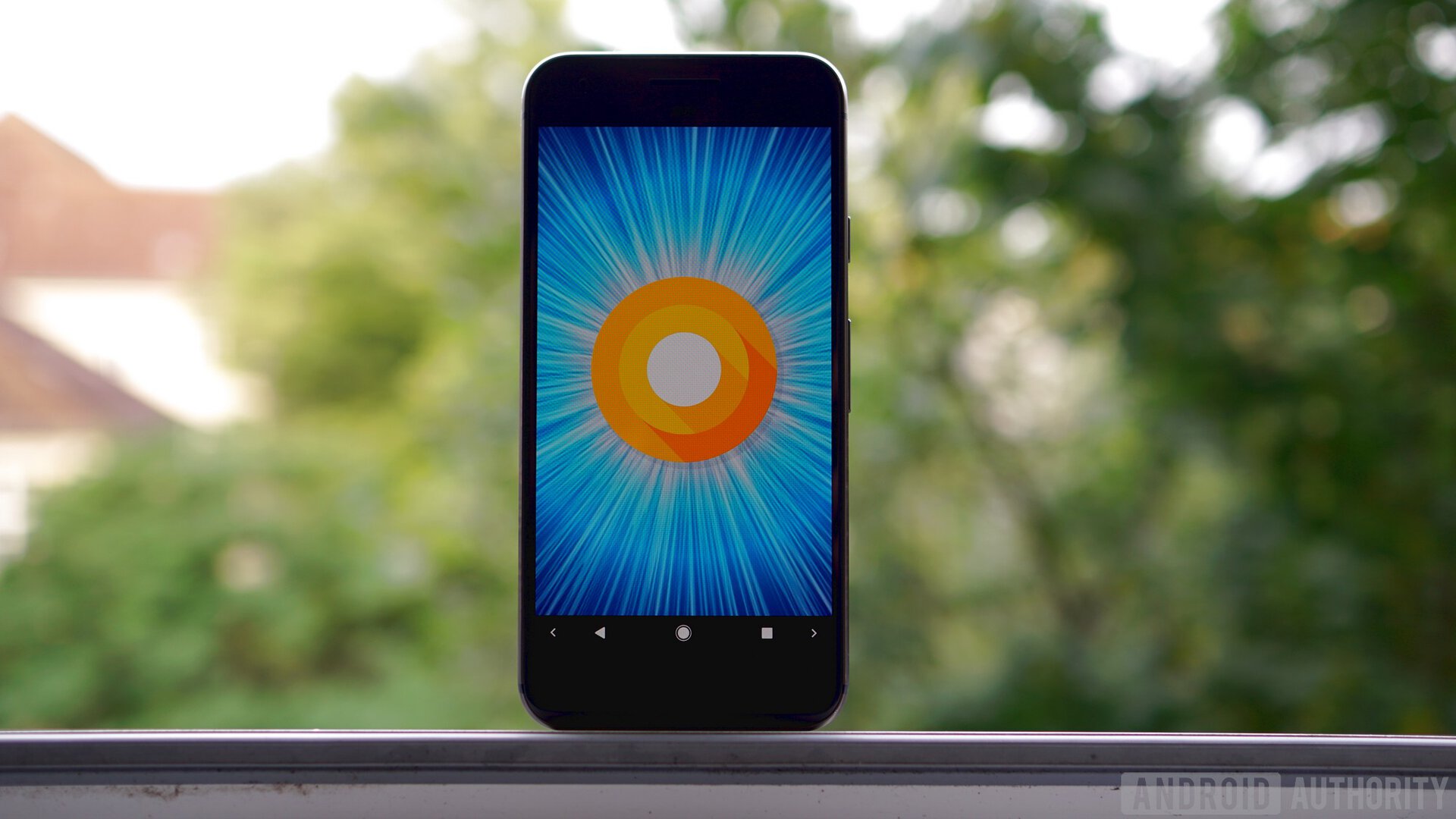
Android Oreo is set to come to the Razer Phone at some point, bringing some of the features only cutting edge users mainly on Pixel devices enjoy, like picture-in-picture and icon shortcuts. The release schedule is still unknown, so we will see how the update to 8.0 will change the overall experience of this powerhouse.
Specifications
| Razer Phone | |
|---|---|
Display | 5.72-inch IGZO LCD 1440 x 2560 resolution 513 ppi 120 Hz, Wide Color Gamut (WCG) Corning Gorilla Glass 3 |
Processor | Qualcomm Snapdragon 835 Mobile Platform |
GPU | Adreno 540 |
RAM | 8 GB dual channel LPDDR4 1,600 MHz |
Storage | 64 GB UFS |
MicroSD | Yes, up to 2 TB |
Cameras | Rear cameras: 12 MP wide-angle sensor with f/1.75 aperture, PDAF 12 MP zoom sensor with f/2.6 aperture, PDAF Dual tone, dual LED flash Front camera: 8 MP fixed focus sensor with f/2.0 aperture |
Sound | Stereo front-facing speakers Dual amplifiers Audio adapter with THX-certified DAC |
Battery | 4,000 mAh Non-removable Qualcomm QuickCharge 4.0+ |
Connectivity | Wi-Fi 802.11 a/b/g/n/ac Bluetooth 4.2 NFC |
Network | GSM: Quad-band GSM UMTS: B1/2/3/4/5/8 LTE:B1/2/3/4/5/7/8/12/17/19/20/25/26/28/29/30/66 TDD LTE: B38/39/40/41 TD-SCDMA: B34/39 |
Software | Android 7.1.1 Nougat |
Dimensions and weight | 158.5 x 77.7 x 8 mm 197 g |
Gallery
Conclusion
The Razer Phone is, in a word, a powerhouse. As one of two phones boasting the best specifications in the Android space (the OnePlus 5T shares them), there are only a few reasons to discount it. The lack of a headphone jack is still contentious for many users and the size of the overall device makes it less than ideal for those who need a powerful phone that is still at least somewhat easy to use.
But the biggest issue with this phone might be best described in gaming terms: the uncanny valley— where something designed and modeled to look human seems just “off” enough, be it from mechanical animation or dead looking eyes, to seem fake. The Razer Phone seems like a flagship to compete with any other phone, until it doesn’t.
The Razer Phone seems like a flagship to compete with any other phone, until it doesn't.
The Razer Phone looks like a beloved smartphone of days past and performs just like a true flagship. It fills a niche perfectly due to the wonderful display. Heck, it even manages to outclass its headphone-jack-lacking competition. But once you experience the camera’s shortcomings, it’s all tarnished.
Razer made one hell of a start in the smartphone space. It might have started a revolution in display technology by introducing Ultramotion. It feels like a real flagship, but the camera only gave us a glimpse uncanny valley.